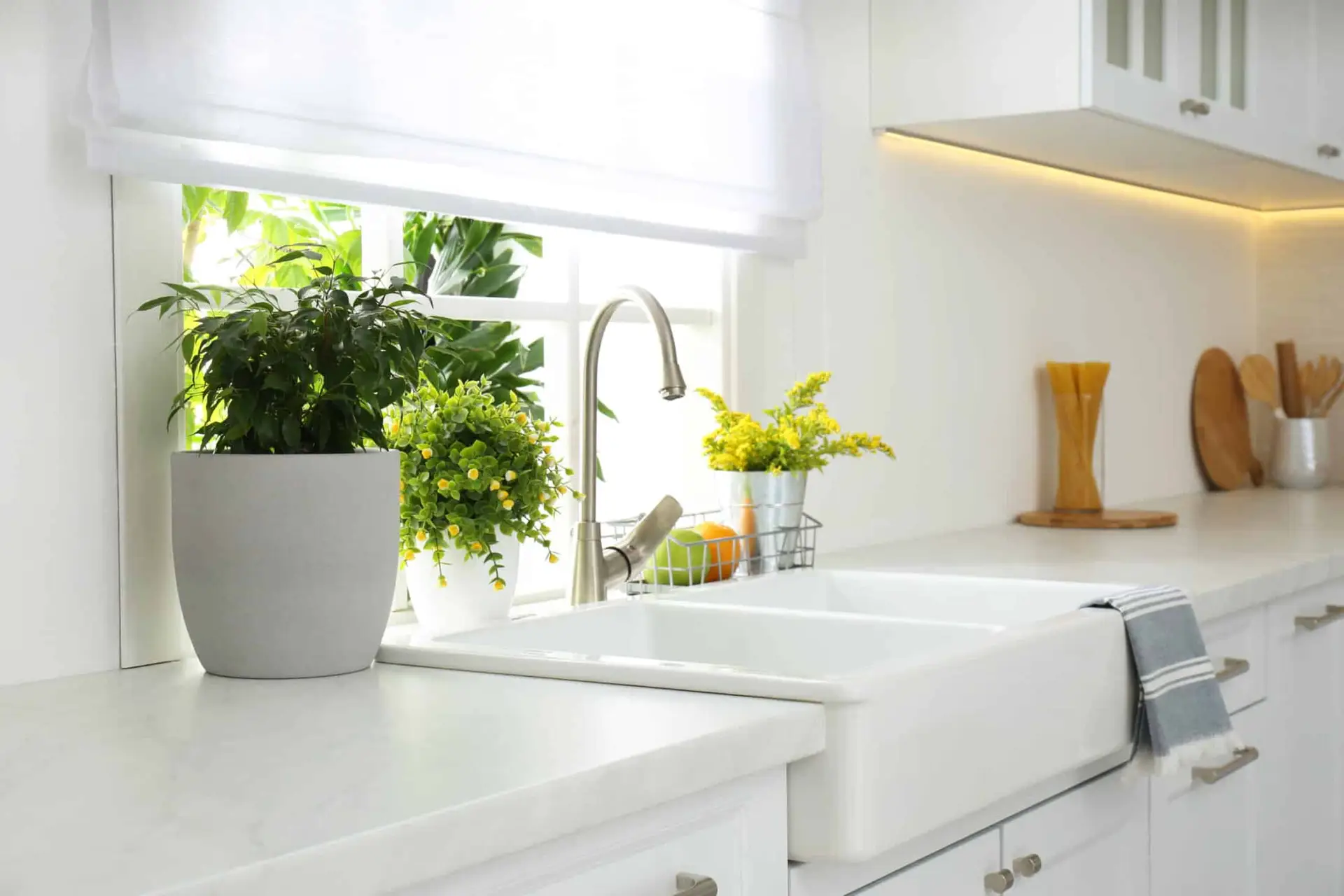When you hear about clean living, you might wonder what that means. The simple definition of almost anything labeled “clean” means that it is a product or technology that is considered environmentally friendly, like eco-friendly cleaners. Something “clean” or “green” is also generally non-toxic, which is why so many people gravitate towards a more natural cleaner or product.
What About VOCs?
A VOC, or volatile organic compounds, has been shown to impact indoor air quality significantly. They are emitted from thousands of different products, including a variety of household products. According to the EPA, products where you will typically find VOCs include:
- Paint and related solvents
- Wood preservatives
- Aerosols like hairspray
- Cleaners
- Disinfectants
- Air fresheners
- Fuels and other automotive products
- Pesticides
This list is not all-inclusive, but more to give you examples of the types of products you are likely to see or use regularly. If you are around these products or others that also emit VOCs, it is not unusual to experience health effects like these:
- Eye, nose, and throat irritation similar to allergy experiences
- Headaches
- Nausea
- Loss of coordination
- Kidney or liver damage
- Damage to your central nervous system
- Cancer
- Fatigue
As you can see, VOCs are no joke, and they have an extensive range of issues that can show up if you’re around them too often. That is not to say you will, but it’s not uncommon. Additionally, studies conducted indoors tend to show higher levels of VOCs compared to outdoors.
Choosing Clean Materials and Products
Given the chemical composition of various products, there are some key ingredients you want to avoid when you are making your selections. High VOC products you are likely familiar with include household names like Clorox, Windex, and Pledge. They contain a variety of chemicals that are recognized as VOCs that should be avoided when possible. Chloroform, methyl chloroform, toluene, 2-butoxyethanol, ethylbenzene, tetrachloroethylene, camphene, formaldehyde, ethylene glycol, and limonene are just a few that you’ll find in many household products.
Regardless of the brand, the most common products that carry these components include strong cleaners, oven cleaners, dishwashing detergents, and furniture polish. Keep in mind that just because something is labeled as a “green cleaner” or “clean,” it does not mean that they do not contain some VOCs level, too.
Remember, too, to be genuinely “clean” as a material, and it’s not just about conventional eco-friendly cleaners. These products can include food packaging, paper, and even construction materials. If you want to be sure that you are selecting the cleanest materials that are also environmentally friendly, look for the Green Seal certification. They are leading the industry in providing accurate reports on clean materials and products.
Keeping the Air Clean
Sometimes, you can’t get away from the VOCs, so that is when you want to be sure you are maintaining the air’s quality indoors. There are a few steps you can take to minimize exposure and to encourage the dissipation of fumes. Adequate ventilation is critical. Open windows and turn on fans to keep the air moving while decreasing VOC concentration. It would be best not to work in small spaces that can’t be well-ventilated with high-VOC products. When you are done using them, store them safely where pets or children can’t get to them.
Having a good air purifier or filter can also help you get rid of the released VOCs. Not all air purifiers are created equal, so you want to make sure that the one you choose is effective against VOCs or other gases. HEPA filters are excellent for removing airborne particles, but they do not capture VOCs. To choose an air purifier that will capture these gaseous compounds, you need an air filter with a layer of activated carbon or photocatalytic oxidation, plasma, or ozone generator. Carbon filters absorb VOCs while the others will neutralize them.
Living Clean and Green
Hands-down, the best way to get VOCs out of your air is to keep your area well-ventilated. Fresh air lowers the VOC content quickly if you can’t get away from these chemicals. At the same time, if you can keep VOC-producing products to a minimum, then you are already ahead of the game. Eco-friendly cleaners are an easy way to start small, and always do your research on materials when purchasing new furniture. There are also a variety of products and materials out there that are sustainable when it comes to remodeling your entire home.
When you partner up with WPL Interior Design, our designers can source out green products for you to suit your needs and budget. We can also advise the best way to remodel your home while staying safe! Fill out our design inquiry form today so that we can get started on making your dream home come true.




